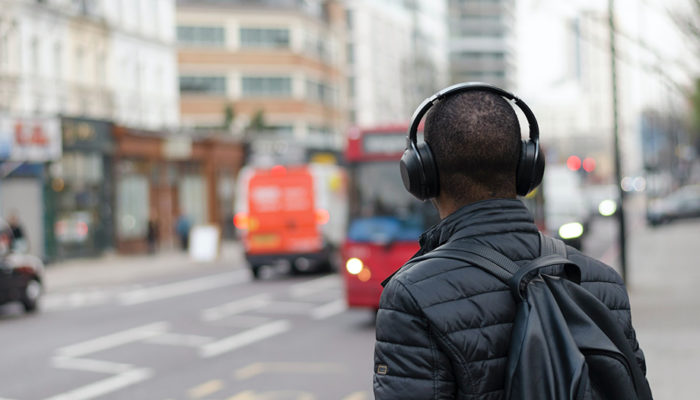Making the house a home does not come out by itself, but it is necessary to make an effort. A very important care is cleaning. We have to specify when and how much time we are going to dedicate to it. First of all, it is useful to organize and prioritize the various tasks, for example by making a small scheme that includes the frequency with which to perform each one: daily and weekly, monthly and even yearly (such as the change of seasonal clothes).
It is convenient to have a place to keep the cleaning utensils, with supports to hang brushes, mops, cloths in use, and some shelf for the clean things. There will also be a place for buckets that, if they have wheels, will save us from having to lift weights. To order these utensils we can establish a code of colors: for example, we can mark in green the microfibers (cloths of synthetic material habitual) that we use for the kitchen, in yellow those that we use for the dust, in blue those that we use for washbasins and shower, etc. This way we will avoid cross contamination.
To sweep, choose the right tool for the type of floor being cleaned: broom, mop, mop or vacuum cleaner. In exteriors, patios and garages, you can use a palm broom (wicker, esparto grass); for other floors, a bristle broom. The logical complement to the broom is the dustpan. It is advisable to use a good one, because otherwise the edge of the broom will warp, it will not fit the floor and the garbage will not be collected properly. Sweeping has its technique, like everything else: you have to drag the dirt forward, gathering it in a point to pick it up later. When the space to be swept is large, we will pick up the dirt little by little so as not to raise dust. And if there are stairs, it is advisable to pick up step by step.
Using the mop to sweep avoids raising dust and is fast and effective, especially effective the lamelo mop, which has a frame with rubber lips that allow it to adjust to the floor, on which is placed a cellulose paper that is changed whenever necessary. The paper is electrostatically charged when it rubs against the floor and acts as a good dust charger. The mop is passed over the floor surface by drawing successive parallel lines, quickly so that it is electrified, and without lifting it off the floor.
For scrubbing, you can use a neutral detergent, suitable for the type of floor. The mop is usually used making parallel passes and trying to reach the corners. If the floor admits the water well, first we wet the area well and then we pick up with the mop very wrung out. It is necessary to change the water as many times as necessary, and to avoid wetting the lower part of the furniture.
Vacuuming is a clean and thorough option. It is convenient to do it once or twice a week. Be sure to change the bag, because if it is too full it does not vacuum well and can break, damaging the appliance. The cord must also be clean and well rolled up, without leaving it tight, to avoid damaging the rubber. Cleaning the filter is essential for good results. In the market we find different models of vacuum cleaner that can be adapted to our needs. For a not very big house it can be useful a vacuum cleaner without cable (rechargeable), more manageable.
To remove dust you can use a dry or damp microfiber cloth, an electrostatic duster or a dry cotton cloth. Fold the cloth in four and clean with each of the four folds. When the four parts are used, we will turn it over and fold it in four parts on the other side. Once the eight parts are used, it is thrown to wash.
If we use an electrostatic duster, before using it, we must charge it by spinning it vigorously with both hands; as we pass it over it, it will become more charged due to the friction on the different surfaces. When finished, it should be shaken to remove adhered dust. When it is necessary to wash it, we will introduce it in a bucket with warm soapy water, without rubbing it; we rinse it and let it dry hanging.
If furniture spray is used, it should be sprayed on a cloth, but not too wet. It should not be sprayed directly on the furniture.
To clean a bathroom, experience shows an order of action. First we sweep the floor, and if there is any hair in the showers or sinks, we collect it with a paper towel. Then we clean with specific disinfectants for bathrooms; we can also use others with residual germicidal action, which are usually concentrated and will have to be diluted according to the instructions for use. Everything can be sprayed, rinsed and dried with the appropriate microfiber. At the end we clean the mirror and, finally, we mop the floor. We will leave spare toilet paper, refill the shower and hand gel, and place the towel.







